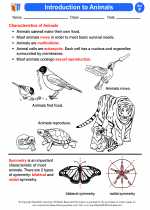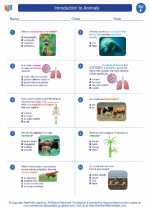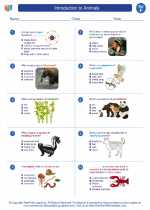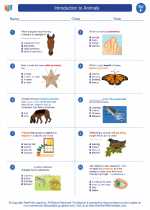What is a Phylum?
A phylum is a major taxonomic rank in the biological classification system. It is used to categorize and group together organisms that share fundamental characteristics and evolutionary history.
Characteristics of Phylum
Organisms within the same phylum share certain fundamental characteristics, such as body plan, anatomical features, and genetic traits. These common characteristics help scientists classify and study different species.
Examples of Phyla
There are numerous phyla in the animal kingdom, including Chordata (which includes vertebrates), Arthropoda (insects, spiders, and crustaceans), and Mollusca (snails, clams, and squids). In the plant kingdom, examples of phyla include Anthophyta (flowering plants) and Coniferophyta (conifers).
Importance of Phylum
The concept of phylum is important because it provides a framework for organizing and understanding the diversity of life on Earth. By categorizing organisms into phyla, scientists can better study their evolutionary relationships and biological characteristics.
Classification Hierarchy
The hierarchy of biological classification from broadest to most specific is: Kingdom > Phylum > Class > Order > Family > Genus > Species. Each level of classification provides more specific information about an organism.
Studying Phylum
To study phylum, it is important to learn about the key characteristics of different phyla, understand their evolutionary relationships, and explore the diversity of organisms within each phylum. Hands-on activities, visual aids, and field observations can enhance the understanding of phylum in biology.
.◂Science Worksheets and Study Guides Sixth Grade. Introduction to Animals

 Activity Lesson
Activity Lesson
 Worksheet/Answer key
Worksheet/Answer key
 Worksheet/Answer key
Worksheet/Answer key
 Worksheet/Answer key
Worksheet/Answer key
 Vocabulary/Answer key
Vocabulary/Answer key
 Vocabulary/Answer key
Vocabulary/Answer key
 Vocabulary/Answer key
Vocabulary/Answer key
 Vocabulary/Answer key
Vocabulary/Answer key
